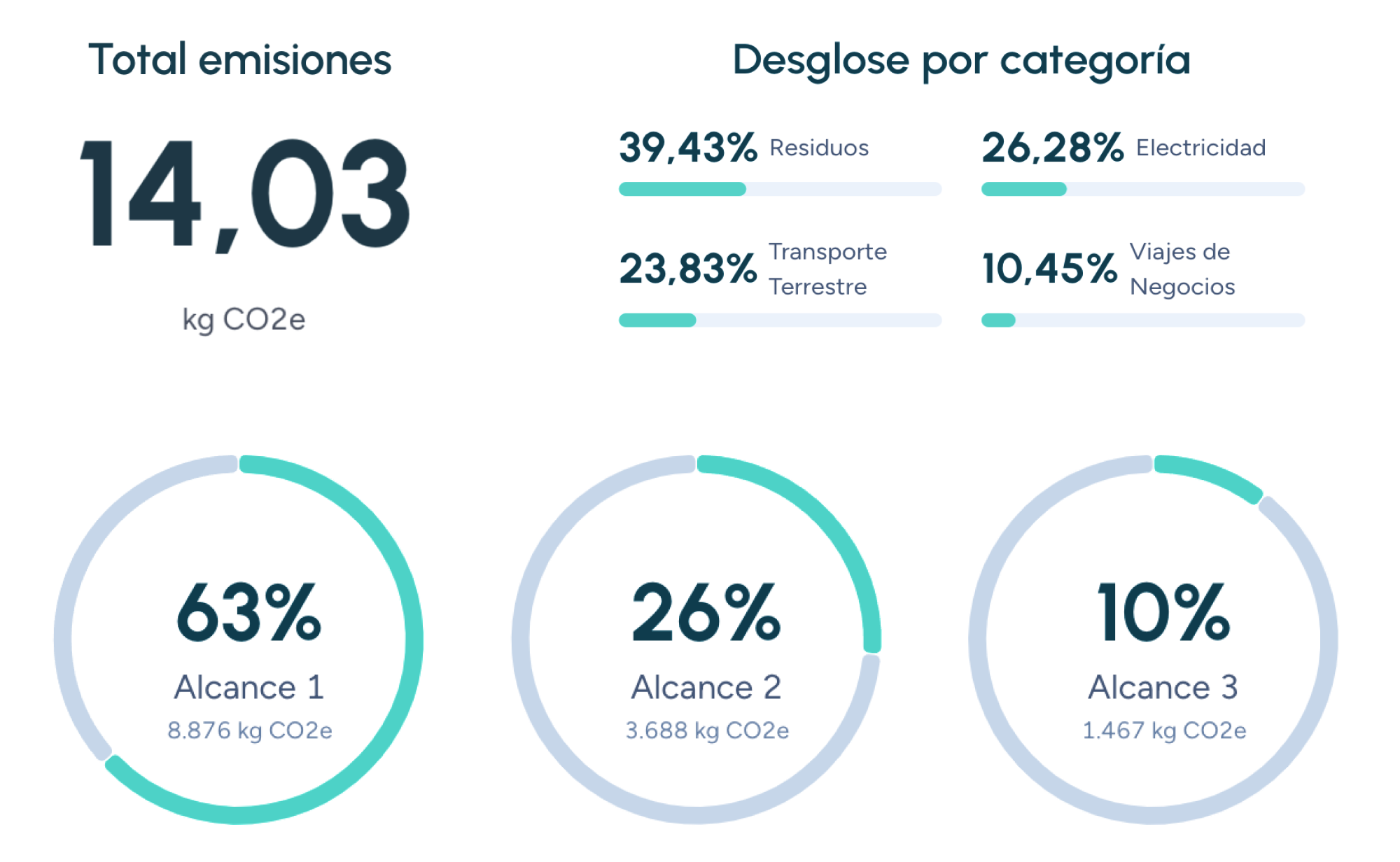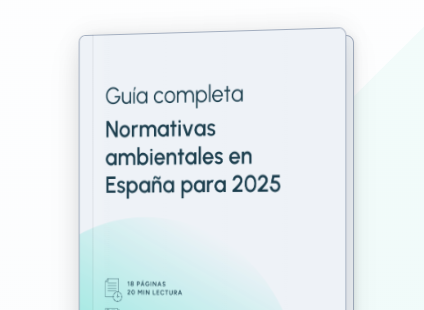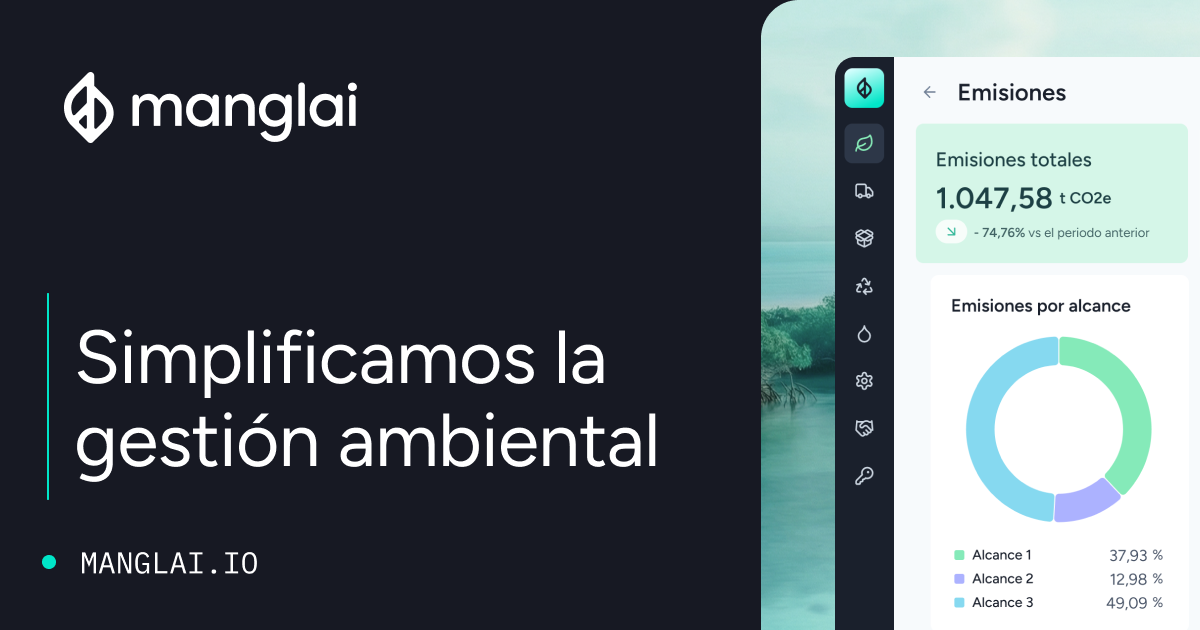E
Environmental aspects
Environmental aspects refer to any element of an organization’s activities, products, or services that interacts or may interact with the environment. These interactions can manifest in various forms, such as releasing emissions into the atmosphere, discharging waste into water or soil, consuming natural resources, or impacting biodiversity.
The importance of environmental aspects in the carbon footprint
The carbon footprint, a key indicator of environmental impact, quantifies the greenhouse gas (GHG) emissions generated by an entity’s activities. By analyzing environmental aspects, companies can identify the most significant emission sources and implement measures to reduce their impact and progress toward decarbonization.
Categorizing environmental aspects
To facilitate their analysis, environmental aspects can be classified into various categories, including:
- Air emissions: Release of greenhouse gases such as carbon dioxide (CO₂), methane (CH₄), and nitrous oxide (N₂O), as well as other air pollutants.
- Water discharges: Disposal of wastewater, chemicals, or other pollutants into surface or groundwater bodies.
- Waste management: Generation, handling, treatment, and disposal of solid, liquid, or hazardous waste.
- Resource consumption: Use of natural resources such as water, energy, raw materials, and fossil fuels.
- Biodiversity impact: Effects on ecosystems, habitats, and species resulting from the organization’s activities.
Identifying and assessing environmental aspects
The process of identifying and assessing environmental aspects involves a thorough review of a company’s operations, considering both direct and indirect activities. Some tools used in this process include:
- Life Cycle Analysis (LCA): Assesses the environmental impact of a product or service throughout its life cycle, from raw material extraction to final disposal.
- Environmental risk assessment: Identifies and evaluates potential environmental risks associated with a company’s operations.
- Environmental audits: Systematic reviews to verify compliance with environmental legislation and internal company policies.
Environmental aspects and the GHG Protocol
The Greenhouse Gas Protocol (GHG Protocol), a widely recognized international standard for GHG accounting and management, provides guidelines for identifying and categorizing environmental aspects relevant to the carbon footprint. The GHG Protocol classifies emissions into three scopes:
- Scope 1 emissions: Direct emissions from sources owned or controlled by the company.
- Scope 2 emissions: Indirect emissions from the generation of purchased electricity, heat, or steam consumed by the company.
- Scope 3 emissions: Other indirect emissions across the life cycle of the company’s products or services, including emissions from the supply chain, transportation and distribution, product use by customers, and end-of-life waste management.
Legislation and environmental aspects
Environmental legislation plays a crucial role in managing environmental aspects. At the European level, Directive 2014/95/EU on non-financial reporting requires certain companies to disclose information on environmental aspects, including their carbon footprint. In Spain, Law 11/2018 transposes this directive into national legislation.
Companies that trust us

Blue Water Footprint
The blue water footprint represents the volume of surface and groundwater withdrawn from rivers, lakes, reservoirs, and aquifers to produce goods and services.
Blue Water Scarcity
Blue water scarcity is an indicator that compares the consumption of surface and groundwater resources (blue water footprint) with the availability of renewable freshwater within a river basin over a specific period.
Blue carbon
Blue carbon refers to the carbon stored in coastal and marine ecosystems, such as mangroves, seagrass meadows, and salt marshes.
Guiding businesses towards net-zero emissions through AI-driven solutions.
© 2025 Manglai. All rights reserved
Política de Privacidad


